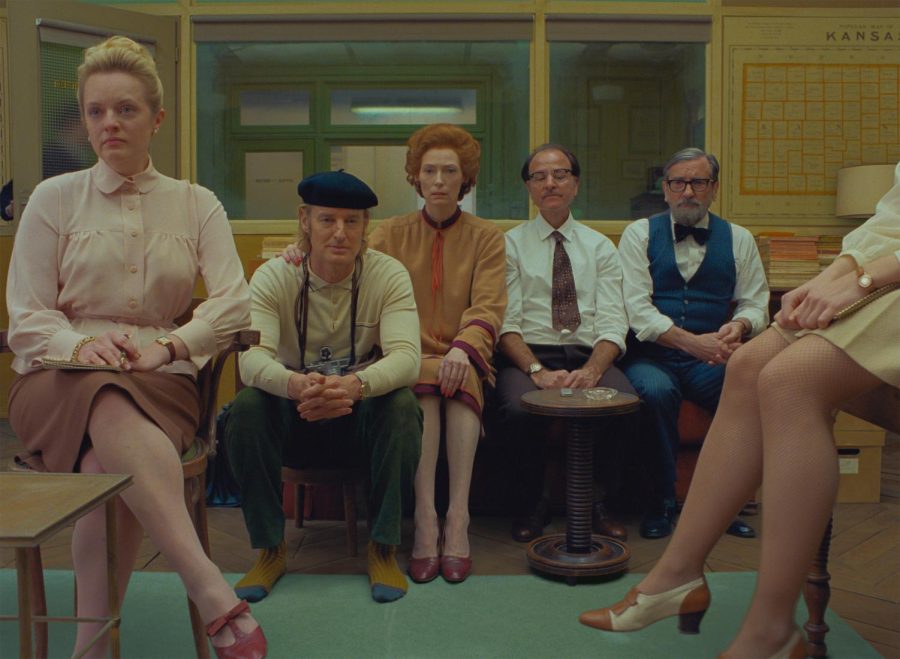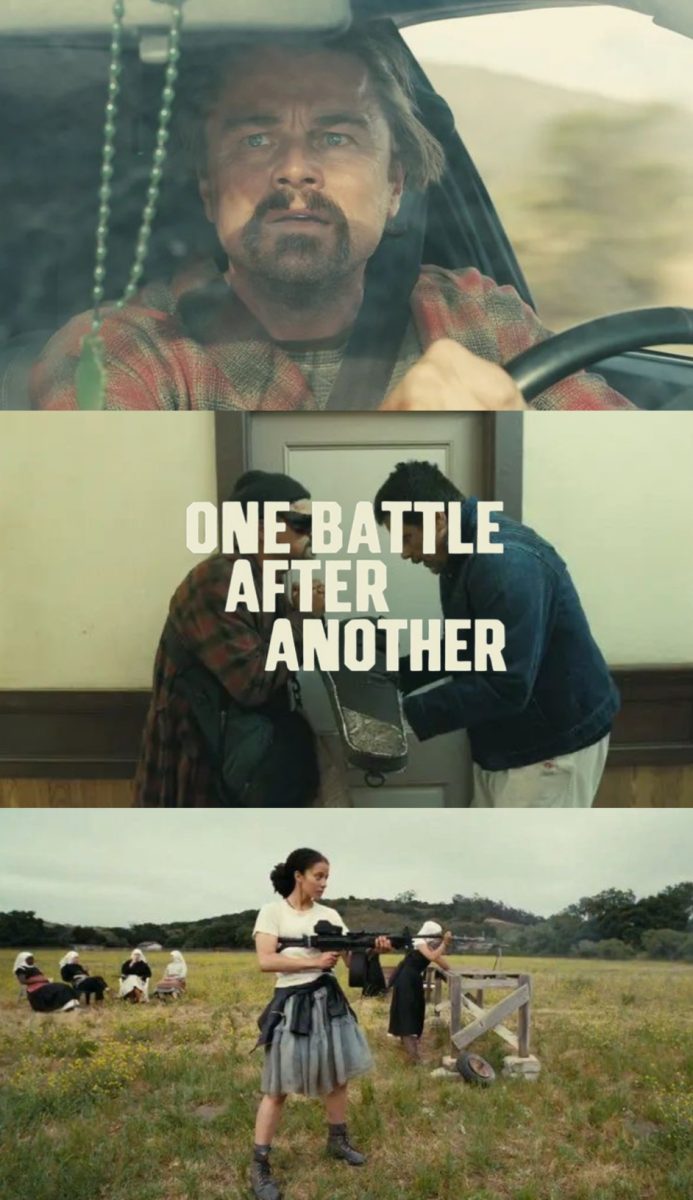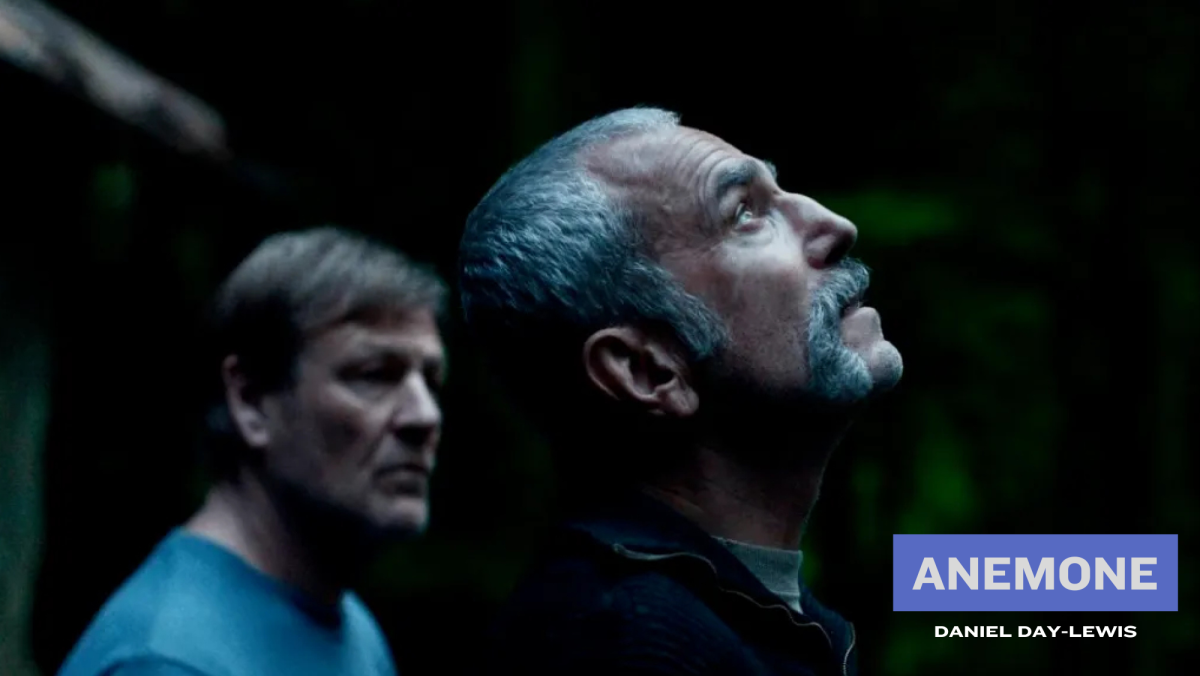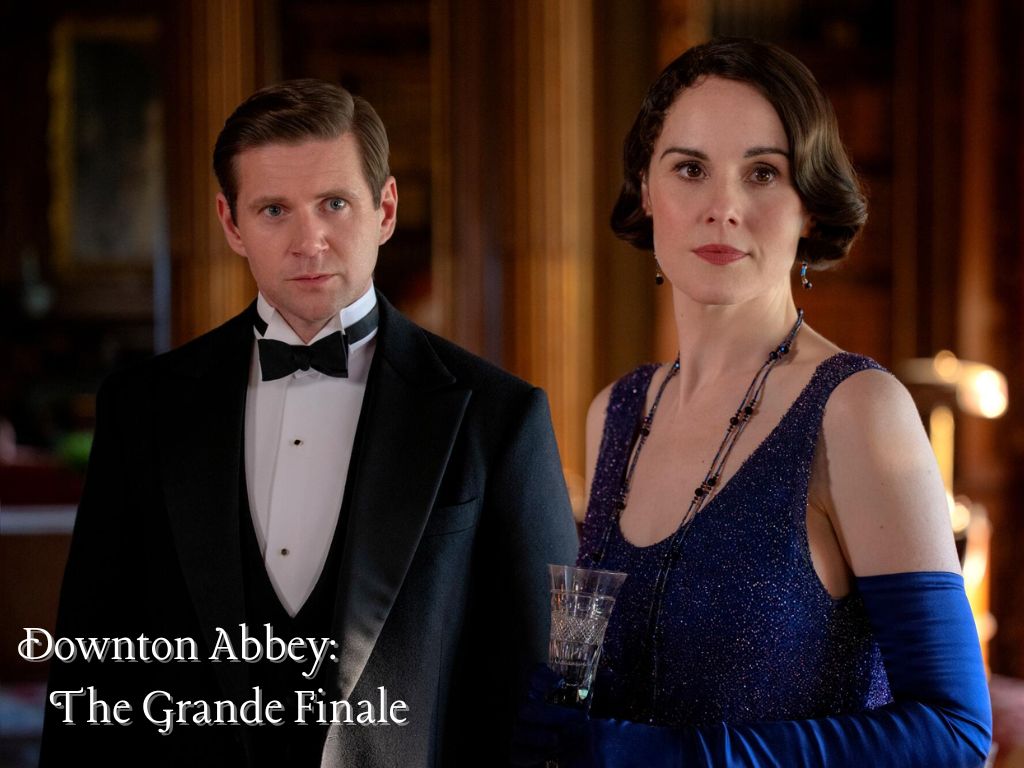For his long-anticipated 10th feature, “The French Dispatch,” writer and director Wes Anderson has composed an unparalleled film that explores the medium of journalism.
The film revolves around the publication known as “The French Dispatch,” which is made up of several American journalists – based on real life writers such as James Baldwin – who write and capture the essence of a fictional French town.
The film commenced in an anthology style, seamlessly flowing from story to story, section to section: as would be seen in a real newspaper.
Anderson pairs up again with long-time collaborators to act in his movie, such as Bill Murray, Owen Wilson, Willem Dafoe, Adrien Brody, Tilda Swinton, Lea Seydoux, Edward Norton and Frances McDormand, to name a few.
There are also new talents such as Timothée Chalamet, Benicio del Toro and Jeffrey Wright, who all adapted beautifully to Anderson’s unique style of filmmaking.
The film is cut into five subsections. In the first section, Wilson, acting as a travel guide, takes us on a bike ride through the fictional town, which grounds us in this new environment.
Next is the first main story: “The Concrete Masterpiece – by J.K.L. Berensen.” Berensen, played by the hilarious Swinton, acts as a journalist and takes us through her report on a visionary prison artist, played by Del Toro, who reaches world renowned fame while serving a life sentence for “violent dismemberment.”
The second story, “Revisions to a Manifesto – by Lucinda Krementz,” is loosely based on the May 1968 protests in France, which disrupted that year’s Cannes Film Festival. Some of these protests were conceived by prominent directors Jean-Luc Goddard and Francois Truffault, some of Wes Anderson’s biggest inspirations of the French New Wave.
Krementz is played by a witty McDormand, and her youthful, protesting subject is none other than that of a revolutionary Chalamet, who engages in chess matches with the government on behalf of his fellow student protestors.
The third story, “The Private Dining Room of the Police Commissioner – by Roebuck Wright,” features a transcendent Jeffrey Wright as a food journalist, loosely based on the likes of James Baldwin. This story is focused on his journey reporting on a police commissaire (Mathieu Amalric) and his phenomenal personal chef, when the policeman’s son is caught in a kidnapping scene. This section is bookended by Roebuck Wright reciting the story on a local talk show.
The final section focuses on the obituary section of the newspaper.
While “The French Dispatch” is easily identifiable for Anderson’s visual style, the director manages to surprise the audience with some new tricks. The symmetrically composed shots, quirky dialogue and unique, nostalgic color grading from throughout his career is still present.
A prominent characteristic of this film is the constant change of aspect ratio and color. Throughout all of the various narrative segments, Anderson seamlessly switches from color to black and white, and back, all while fluctuating between square and wide aspect ratios. There is also cartoon animation, reminiscent of a comic strip, which has not been seen in the director’s past projects.
The film also features some of the director’s most liberal camera decisions. While handheld camerawork has been used for shorter sequences in other films such as “Moonrise Kingdom,” this film contained some of the director’s best use of the technique.
These constant changes in narrative and visual language are a bit overwhelming upon first viewing, but offer a realistic, on screen representation of reading a newspaper. With so much variety, it is surprising that the film has a one hour, 40 minute run time, which fits the film perfectly.
The film was widely released on Oct. 22 after a successful run at the Cannes Film Festival earlier this summer.
“The French Dispatch” shows Anderson shooting on all cylinders, creating thick layer upon layer of narrative turn and realignment. The film is a distinctly unique experience, which stands slightly alone in the director’s later filmography. The narrator is in constant fluctuation until we arrive at the film’s conclusion, and the narrator is bestowed to all.
Follow Alec on Twitter @alec_maskell.















